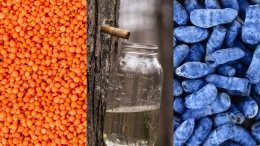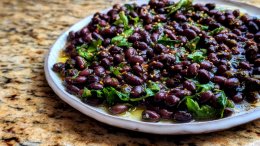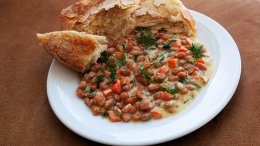Flip open any cookbook and you'll see at least a few recipes that call for grains other than rice. And with many dietary guidelines urging the inclusion of more whole grains into our diets, most of us are using a wider range of grains than we did maybe even just a few years ago.
Naturally, different types of grains have different preparation methods, but almost all of the grains below benefit from light dry toasting before cooking with liquid to boost their nuttiness. You can also cook the the grains in different types of liquids, depending on their application. Here are some of the popular grains produced in Canada and how to make the most of them.
Barley
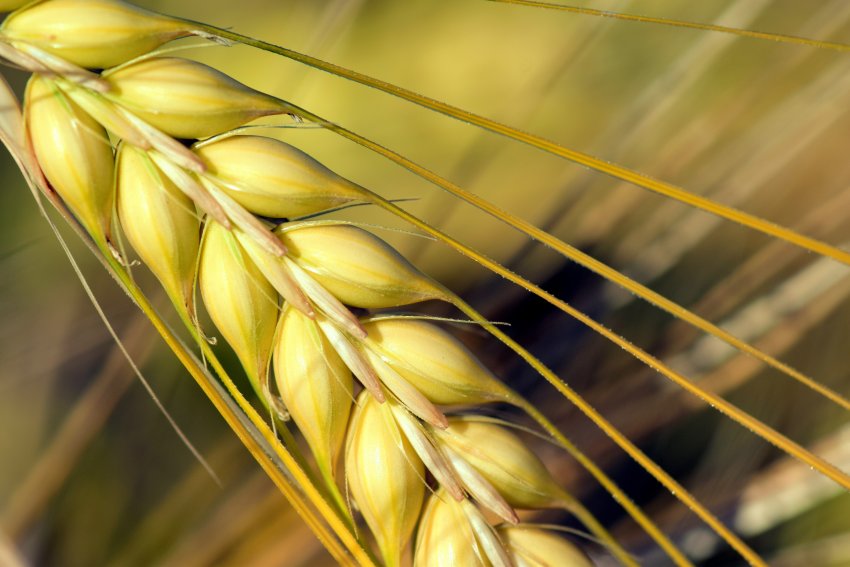
With tons of fiber, vitamins and minerals, there is no reason not to use barley more often. Barley comes in two varieties, hulled and pearl. Hulled barley refers to a minimally processed product that has a longer cooking time about 10 to 15 minutes compared to pearl barley, which has been refined to remove the tough outer layer. When barley is called for in a recipe, unless specified, they usually mean pearl. Regardless of which type, barley is perfect for adding into soups because it will hold up its texture, and it will not get soggy as rice would, for example.
Beef and barley soup is one of the most common uses for this healthy grain, but the possibilities are endless. You can make a risotto with it, or simply include a few spoons of it next time you're making rice. Barley doubles size when it is cooked, so keep that in mind when considering the portion sizes. The general ratio for cooking pearl barley is 3 cups of liquid for one cup of barley.
Brown rice
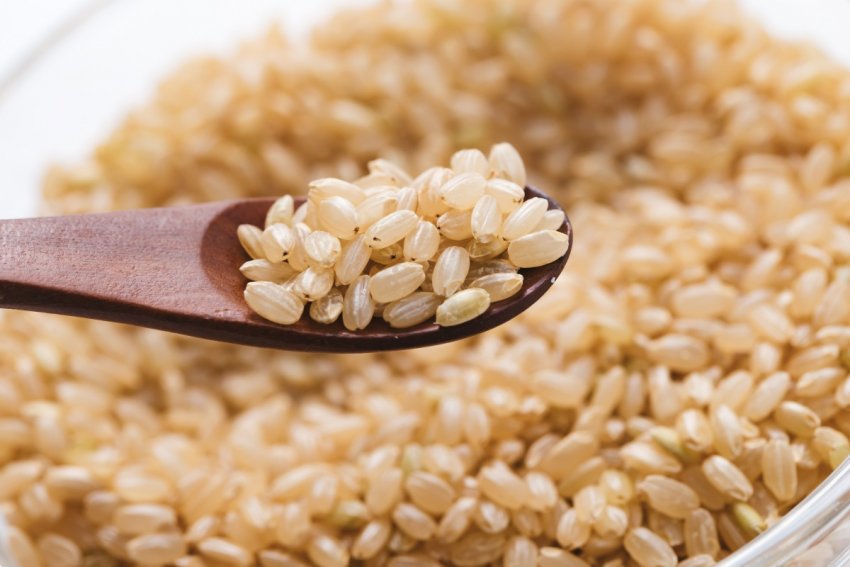
Brown rice is a whole grain rice that includes the bran and germ of the grain. Because of this, it is firmer and has more nutritional value than white rice. Before cooking, you'll want to rinse the grains to remove any dust or gritty bits. Then measure 2 cups of water for every cup of brown rice into a pot. Bring the water to a boil, then reduce the heat to low until just barely simmering, and leave covered for 45 minutes. Once all the water is absorbed, take it off the heat and cover for another 10 to 15 minutes, fluff with a fork, then serve.
Oats
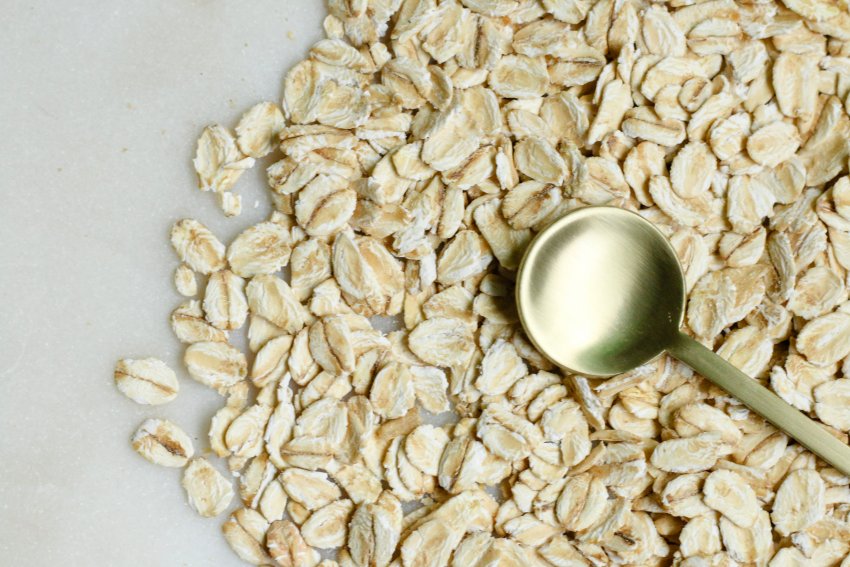
Oats are quickly becoming one of the trendiest grains through the introduction of oat milk into the mainstream. Whether they are rolled, crushed or ground, this cereal grain can help lower your cholesterol and provide you with protein.
Not all oats are made equal though, if you peruse the oat aisle, you will find steel cut, rolled and instant oats. Steel-cut oats are made by cutting the whole oat into several smaller pieces so it is very hearty and chewy. Rolled oats, on the other hand, are softer because of their ability to absorb more moisture. Because of this, they are often used in granola bars, cookies and muffins. To achieve their characteristic disc shape, they are steamed, then pressed. Instant oats are pre-cooked, dried then rolled into an even thinner disc than rolled oats. Due to this processing, they cook much faster than any of the other varieties, but don’t hold their shape as well and you have a higher chance of overcooking it into mush.
Rye
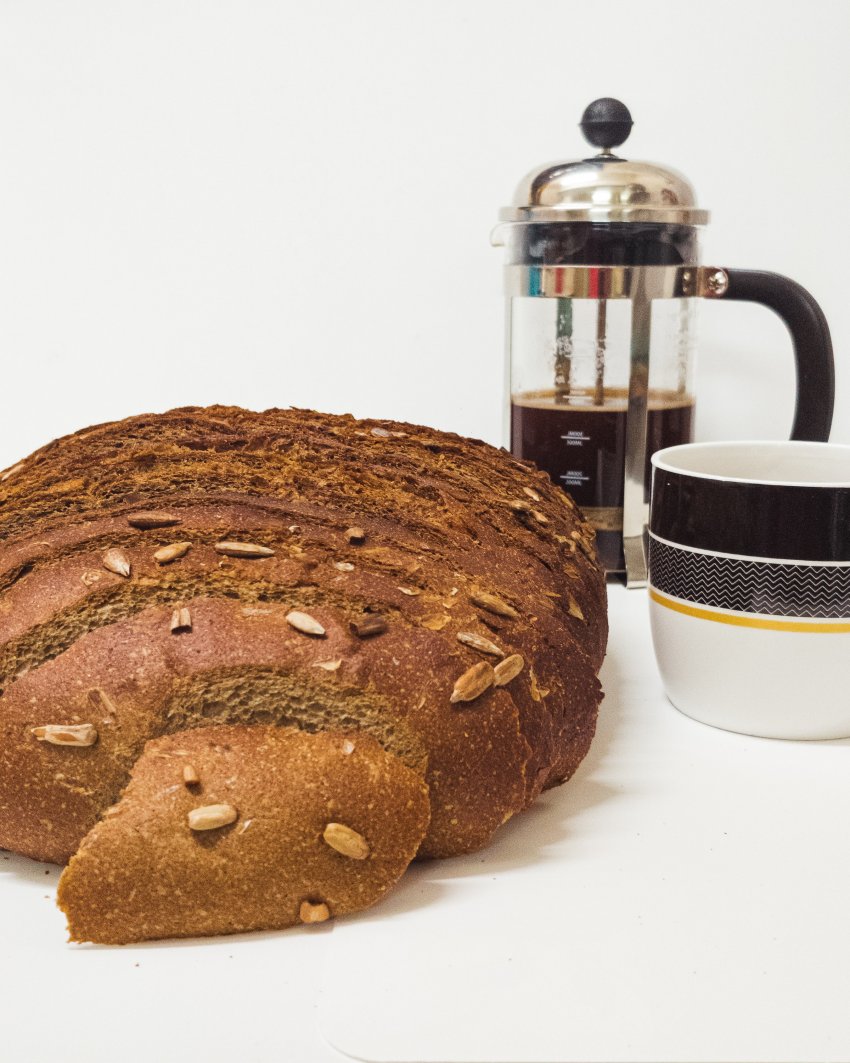
We’re not talking about the whiskey here. Closely related to wheat and barley, rye is a variety of grass grown here in Canada. Most likely, the most common rye product you have tried would be rye bread, but that's only one way to introduce this grain into your diet. The best way to work with rye is in its flour form, with which you can make crepes, pancakes, waffles and almost anything that you would normally use wheat flour for. When you use rye flour, your product will be denser and darker, with a bit more of an earthy taste, so keep that into consideration when creating sweet products.
Wheat
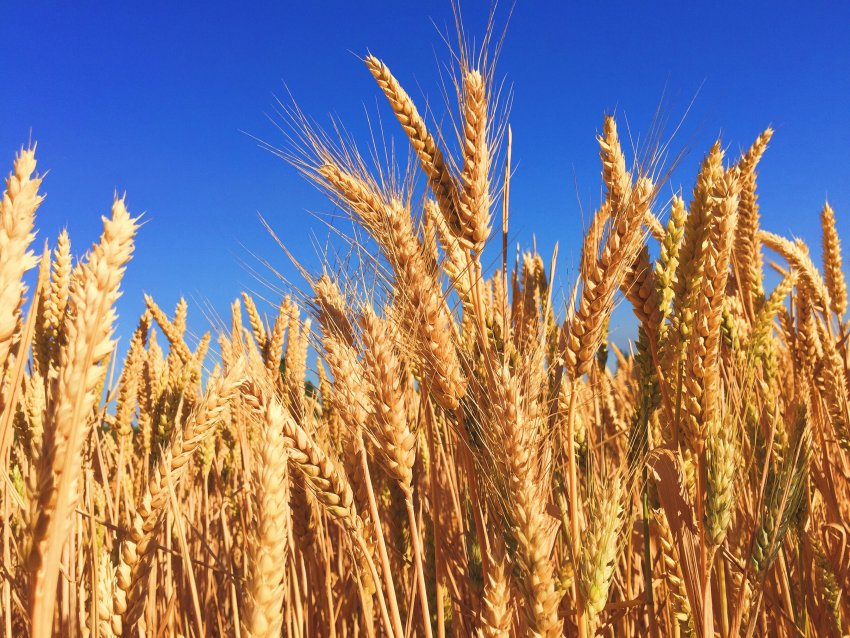
One of Canada's major exports, wheat is the starting point for many things we eat, from breads and pastries to noodles and pasta. Beyond flour, one way you can prepare wheat is in the form of wheat berries, whole wheat kernels that include the bran, germ and endosperm. They provide tons of nutrients, thanks to its mainly unprocessed nature. To cook wheat berries, you’re going to want to carefully sort through the grains to make sure there is no debris. With a ratio of 3 to 3.5 cups of water per 1 cup of wheat berries, bring them to a boil with some salt, reduce the heat to a simmer and cover for one hour, only stirring them occasionally. Once an hour has passed, drain excess liquid and rinse them off, then serve.
Wild Rice
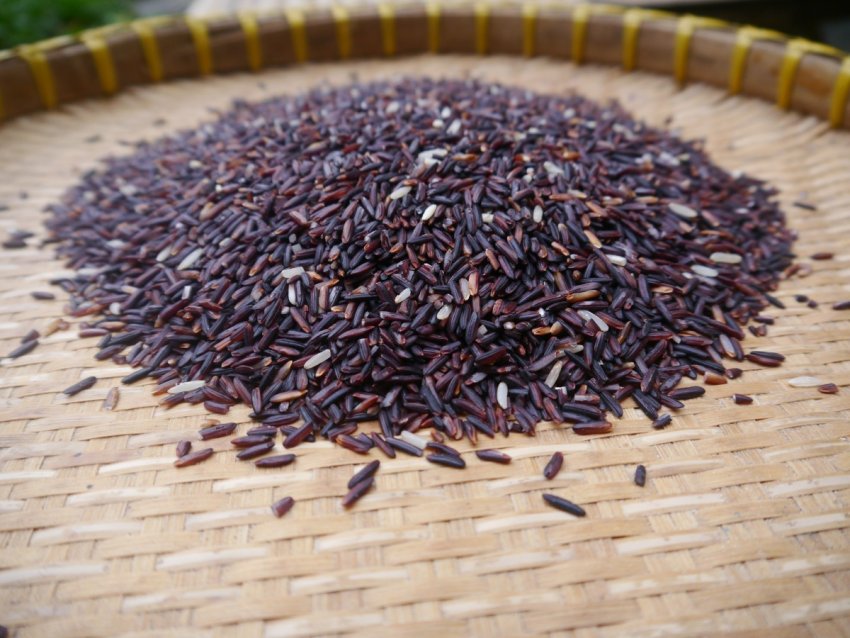
Wild rice is a semi-aquatic grass that is grown in many parts of Northern Canada. It is easily distinguishable by its long, skinny and dark "grain", which are actually seeds. It has a nutty and deep flavour when cooked, and is used for stuffings or as an addition to white rice. Wild rice is incredibly tough, so it will take a high water ratio and a long time to cook. For every cup of wild rice, use three cups of water. Like the other kinds of rice on this list, rinse it, bring it to a boil, reduce the heat to a simmer, then cover for 40 to 45 minutes. You will know the rice is done when the kernels of wild rice begin to split.
Quinoa
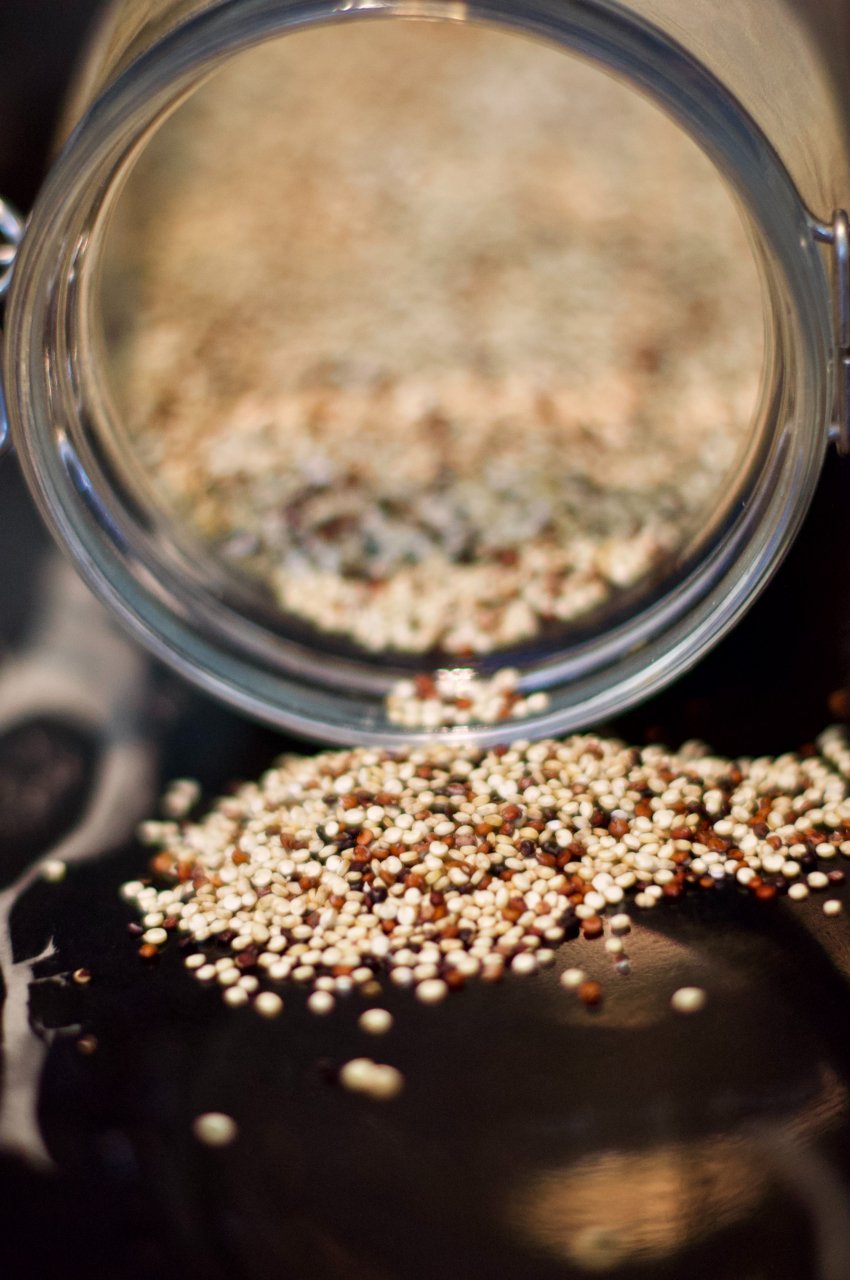
Quinoa is gluten-free, a whole-grain (although it's actually a seed) and a complete protein (has enough of each of the nine essential amino acids). To cook quinoa, follow the same steps as the previous grains by washing it first, then adding it to a pot along with liquid at a 1 to 1 ¾ to 1 ratio. Bring to a boil, then turn the heat down and cover for 15 minutes. Let the quinoa stand for five minutes off the heat, fluff with a fork and serve.










